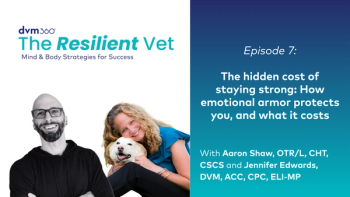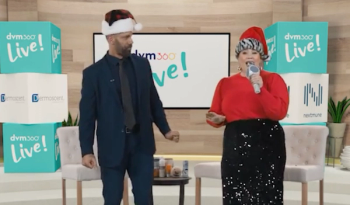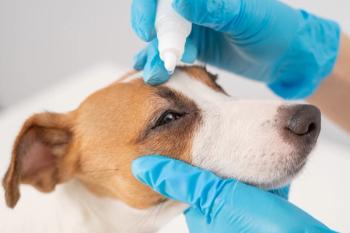
Veterinary Surgeon Preferences for CCL Repair Methods
A survey of Veterinary Orthopedic Society members collected data on surgeons’ preferences and perceived complications of 4 cruciate repair procedures.
Cranial cruciate ligament (CCL) tears are a common orthopedic problem in dogs. Surgical repair is recommended for medium- and large-sized dogs (>15 kg/33 pounds) and can be achieved through many different procedures. At this time, an evidence-based consensus on the best surgical procedure is lacking.
RELATED:
- How Effective Is Platelet-Rich Plasma in Dogs With CCL Rupture?
- Are You Talking to Your Clients About Osteoarthritis?
In human medicine, the preferred surgical method for anterior cruciate ligament repair was determined through a survey of Major League Soccer physicians. A cross-sectional study recently published in
- Lateral fabellotibial suture (LFS)
- Tightrope (TR)
- Tibial plateau leveling psteotomy (TPLO)
- Tibial tuberosity advancement (TTA)
Study Design
An online survey was distributed to all VOS members during June and July 2016. The survey collected data on each surgeon’s training, board certification status, primary area of practice, and preferred method of repair.
Additionally, each surgeon was asked which procedure and which of the following implant materials they felt would have the highest and lowest incidence of major complications:
- Monofilament nylon suture (LFS)
- Multifilament braided suture with metallic buttons (TR)
- Medical-grade stainless steel plate (TPLO)
- Titanium implant (TTA)
For the purposes of this study, major complications were defined as “needing any medical treatment for [more than] 4 weeks or any additional surgical treatment when performed by an experienced small animal surgeon.” Results were analyzed for statistical significance.
Results
Board-certified surgeons (n=142, 75.9%) represented a majority of the 187 respondents, with non—residency-trained (n=29), and residency-trained but not board-certified (n=16) surgeons also participating. Surgeons had a median of 23 years of experience since graduating veterinary school (range, 0 to 56 years) and performed, on average, 159 + 113 CCL surgeries annually.
TPLO was the most preferred repair method (n=147, 78.6%), regardless of board certification status. High surgeon satisfaction was listed as the most common reason for preference. Board certification status, American College of Veterinary Surgery training, and working in academia were all significantly associated with a preference for TPLO.
TTA (n=26, 13.9%) and LFS (n=11, 5.9%) were also chosen for high surgeon satisfaction. TR (n=3, 1.6%) was the least preferred overall of the 4 methods. Those who preferred this method did so for high surgeon and client satisfaction and for being cost-effective.
The TR procedure was perceived to have the highest incidence of major complications (n=81, 43.3%), and the multifilament braided material used in this procedure was considered the material most likely to be associated with major complications (n=161, 86.1%). Board-certified surgeons were significantly more likely to have this perception.
In contrast, TPLO was perceived as having the lowest incidence of major complications overall (n=112, 59.9%). But when implant materials were compared, the titanium plates used in TTA procedures were considered the least likely material to have major complications (n=103, 55.1%).
Take-Home Message
The results of this study found TPLO to be the preferred method of CCL repair for medium and large dogs. Those surveyed perceived TPLO to have the lowest incidence of major complications. When implant materials were evaluated, titanium implants (used in TTA) were perceived to have the lowest major complication rate and braided multifilament implants (used in TR) were perceived to have the highest.
The authors included a thorough review of the existing literature and found their results to be mostly consistent with previously reported data. However, the TR procedure has been reported to have better long-term outcomes and lower complication rates than what was perceived by surgeons in this study. Future studies comparing patient outcome are needed.
Dr. Boatright, a 2013 graduate of the University of Pennsylvania, is an associate veterinarian in western Pennsylvania. She is actively involved in her state and local veterinary medical associations and is a former national officer of the Veterinary Business Management Association.
Newsletter
From exam room tips to practice management insights, get trusted veterinary news delivered straight to your inbox—subscribe to dvm360.




